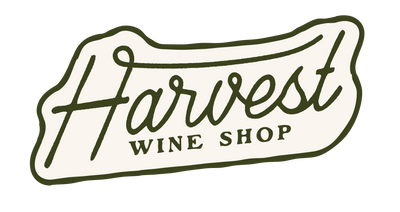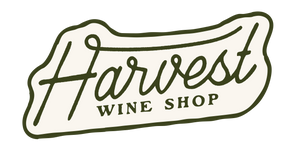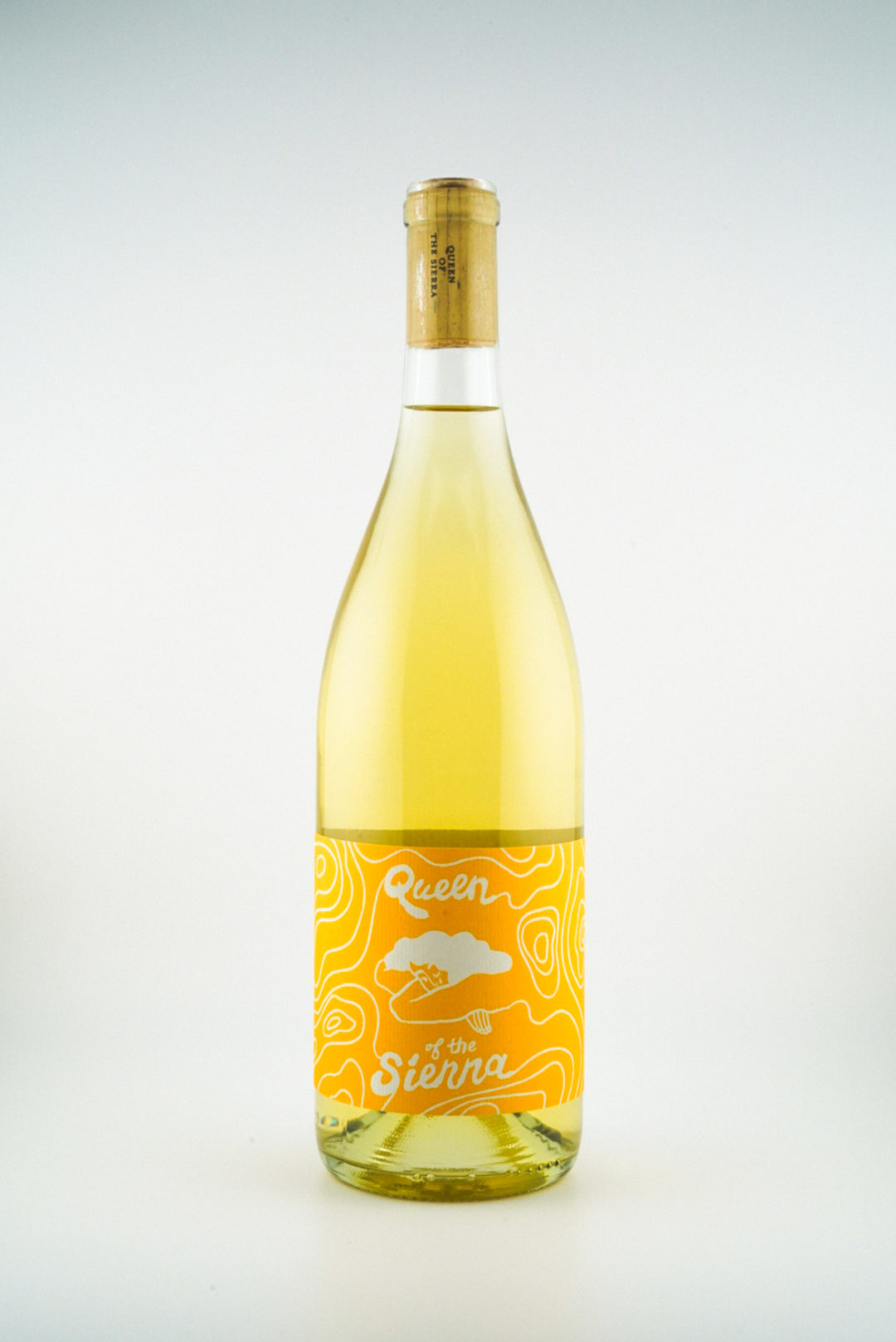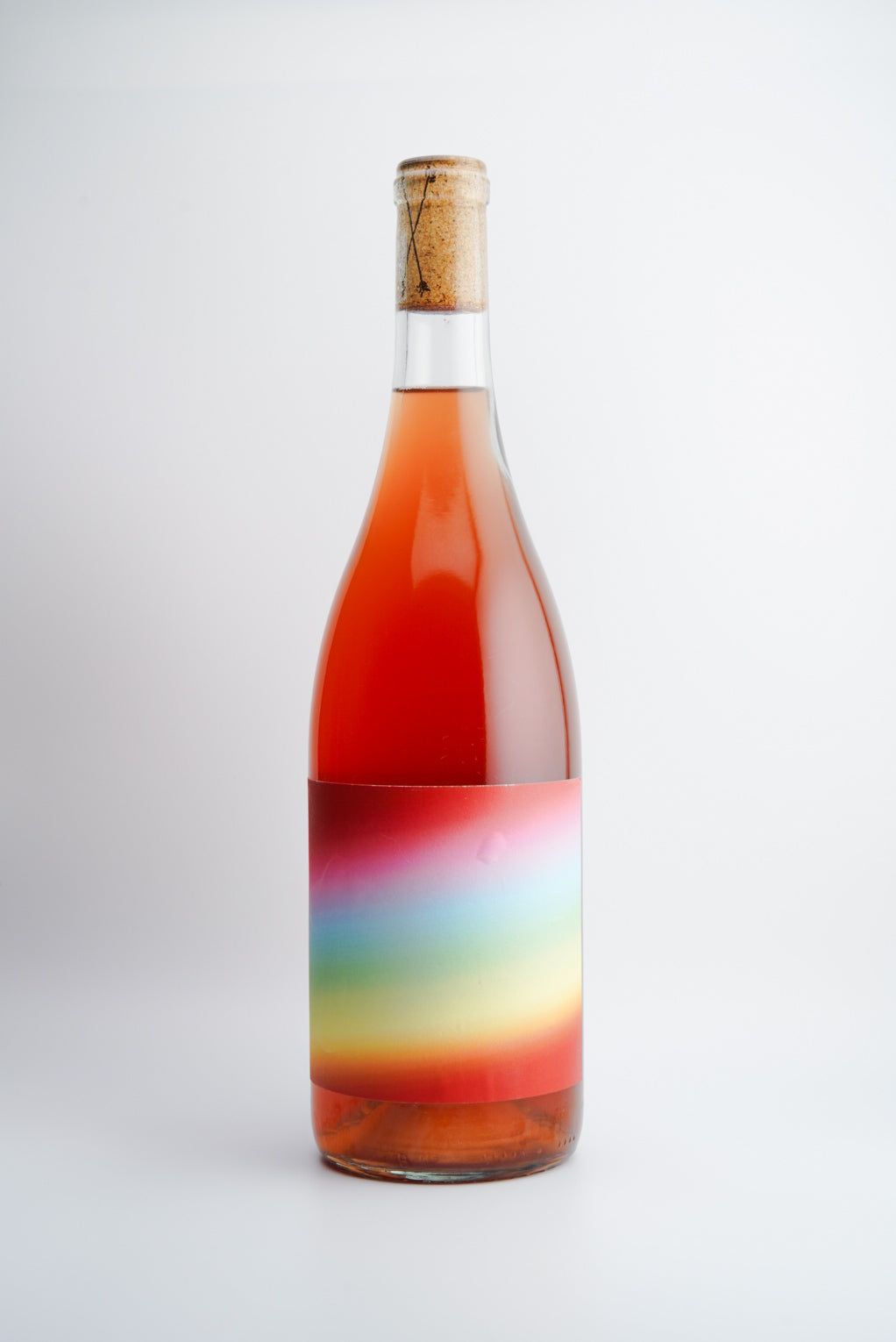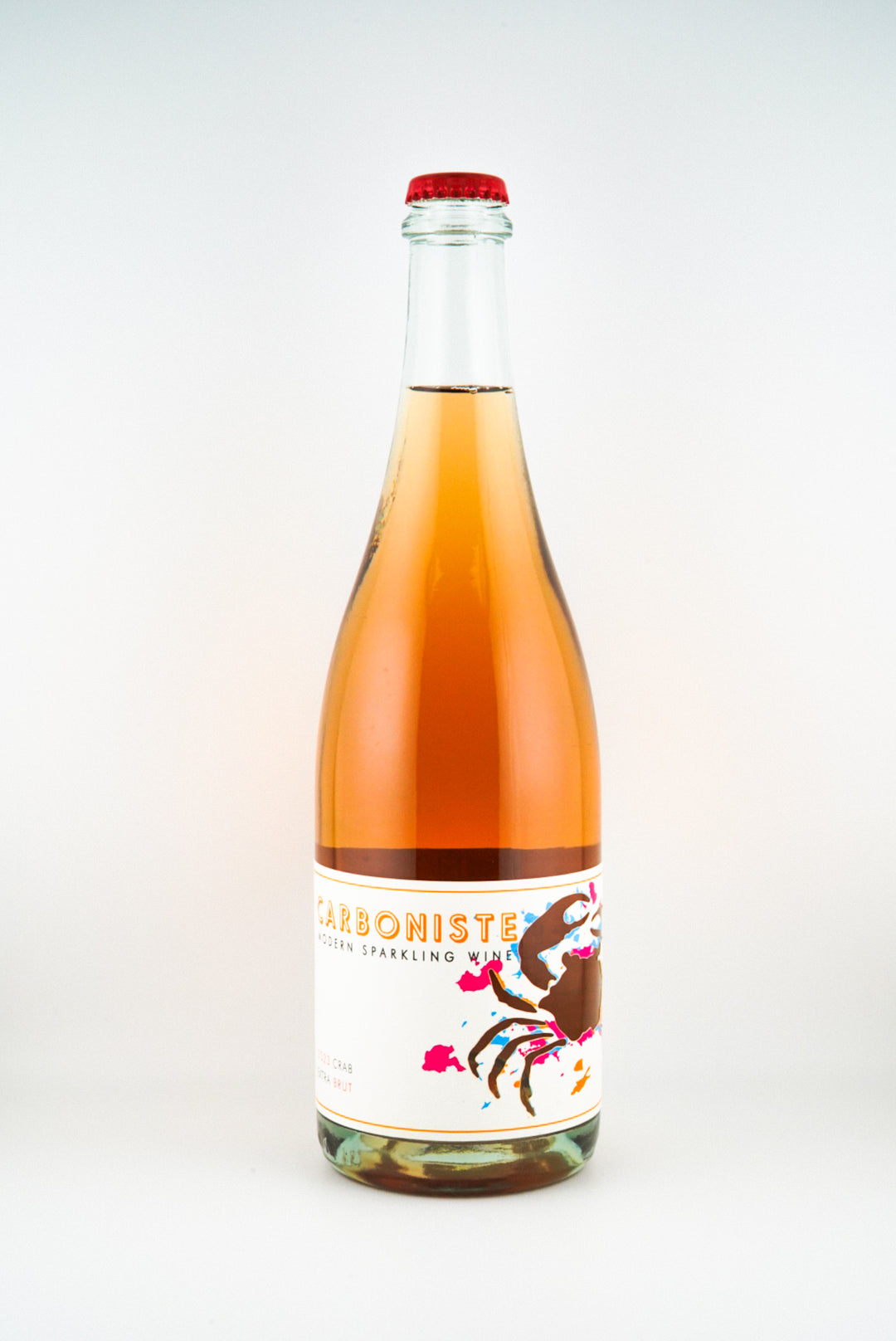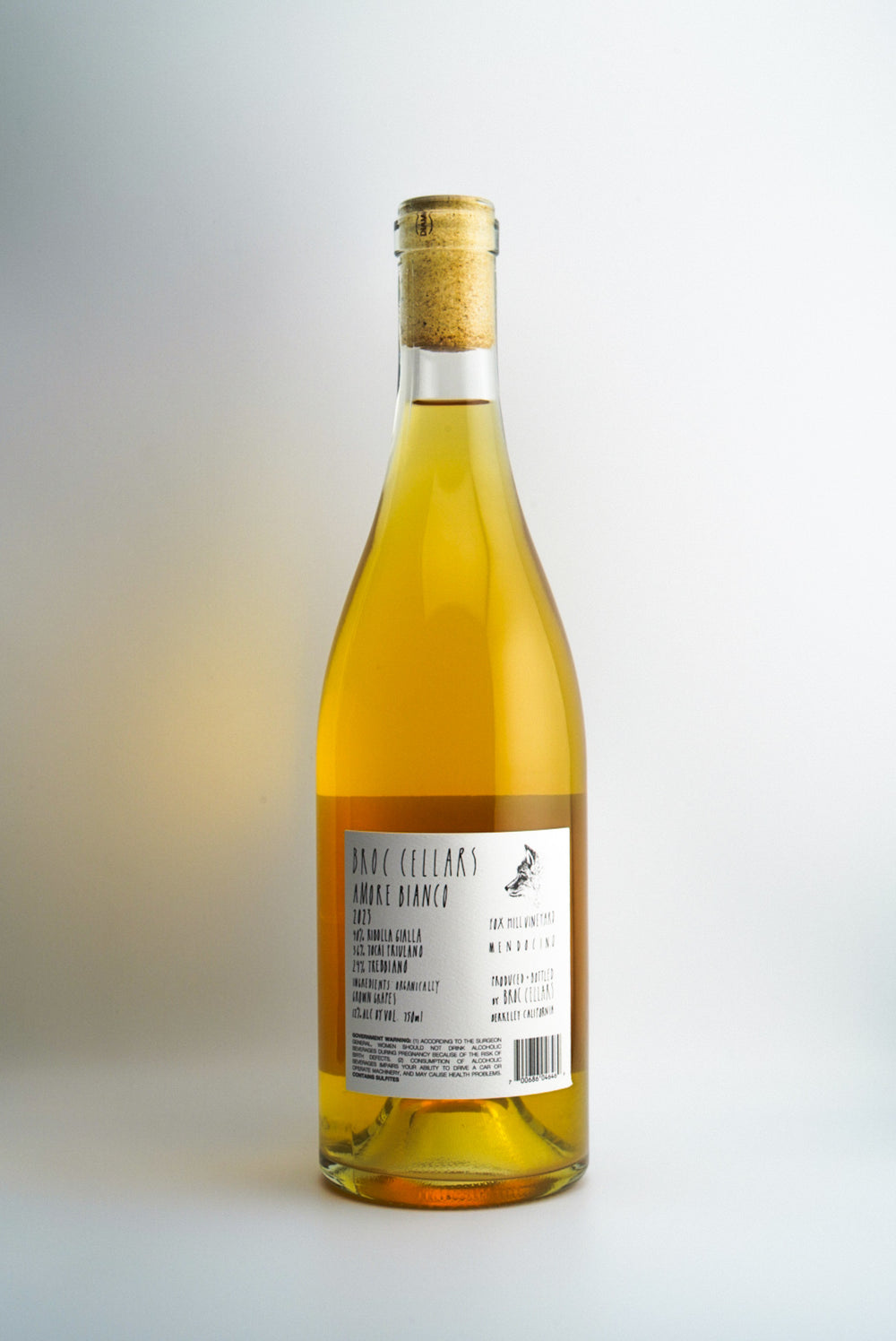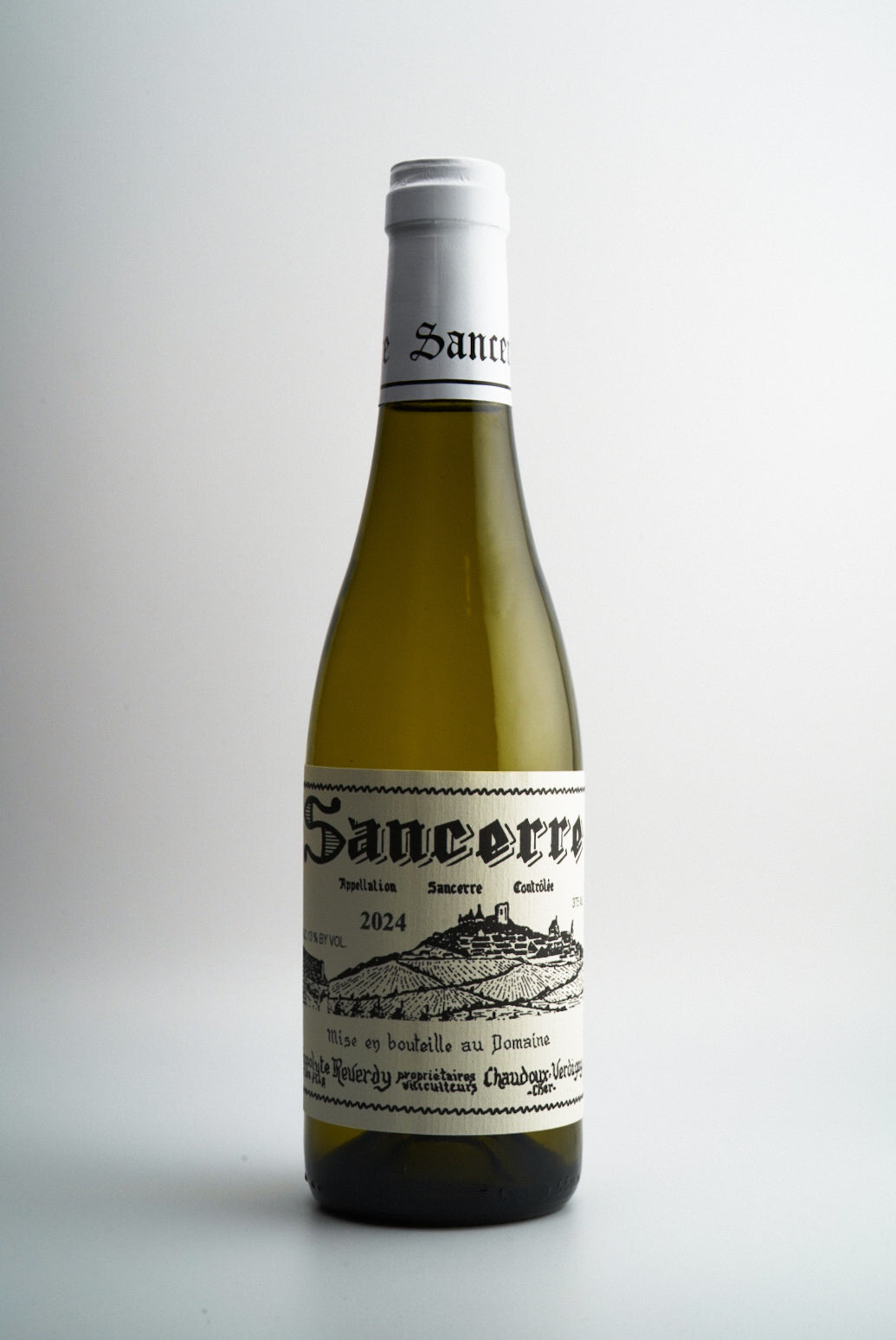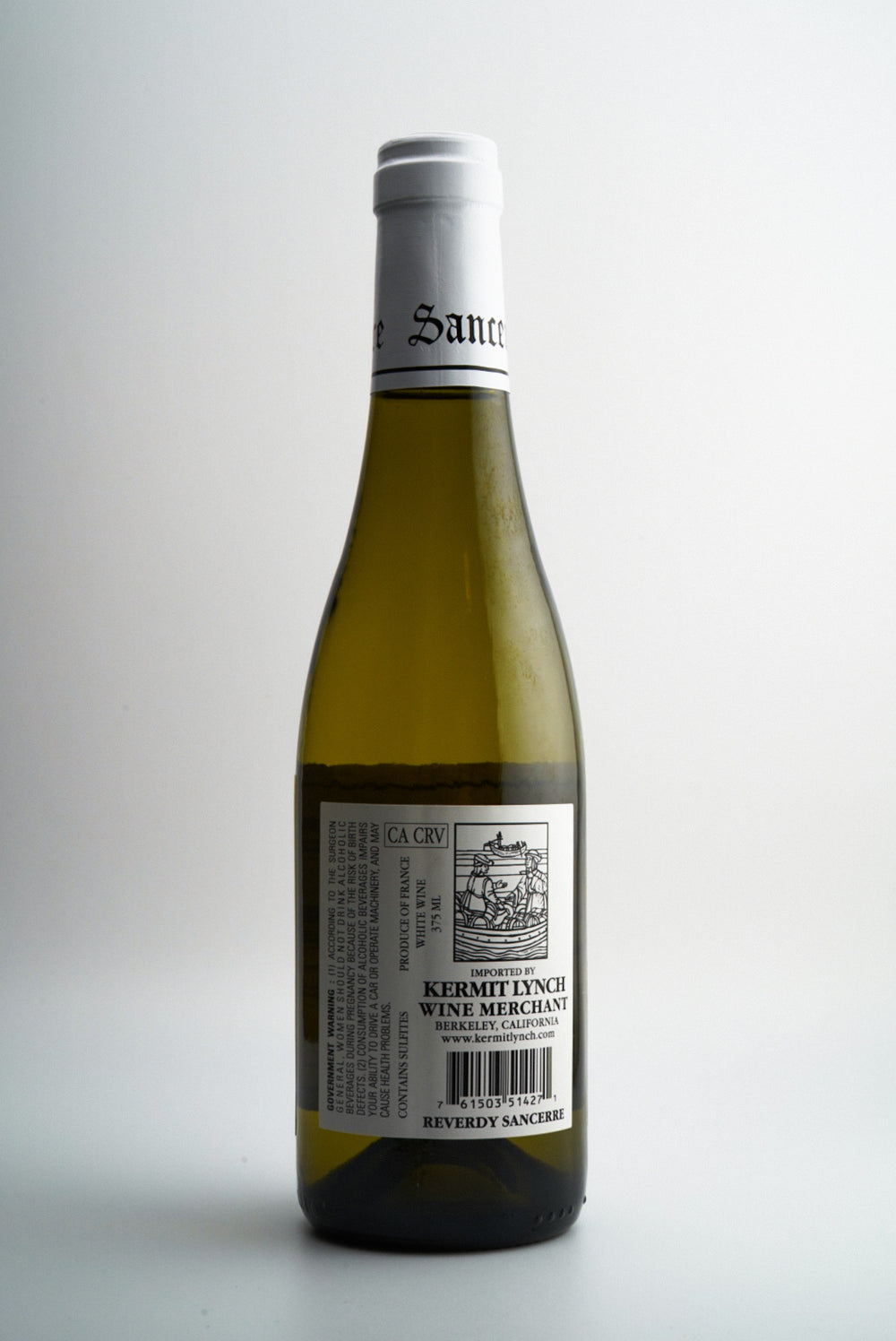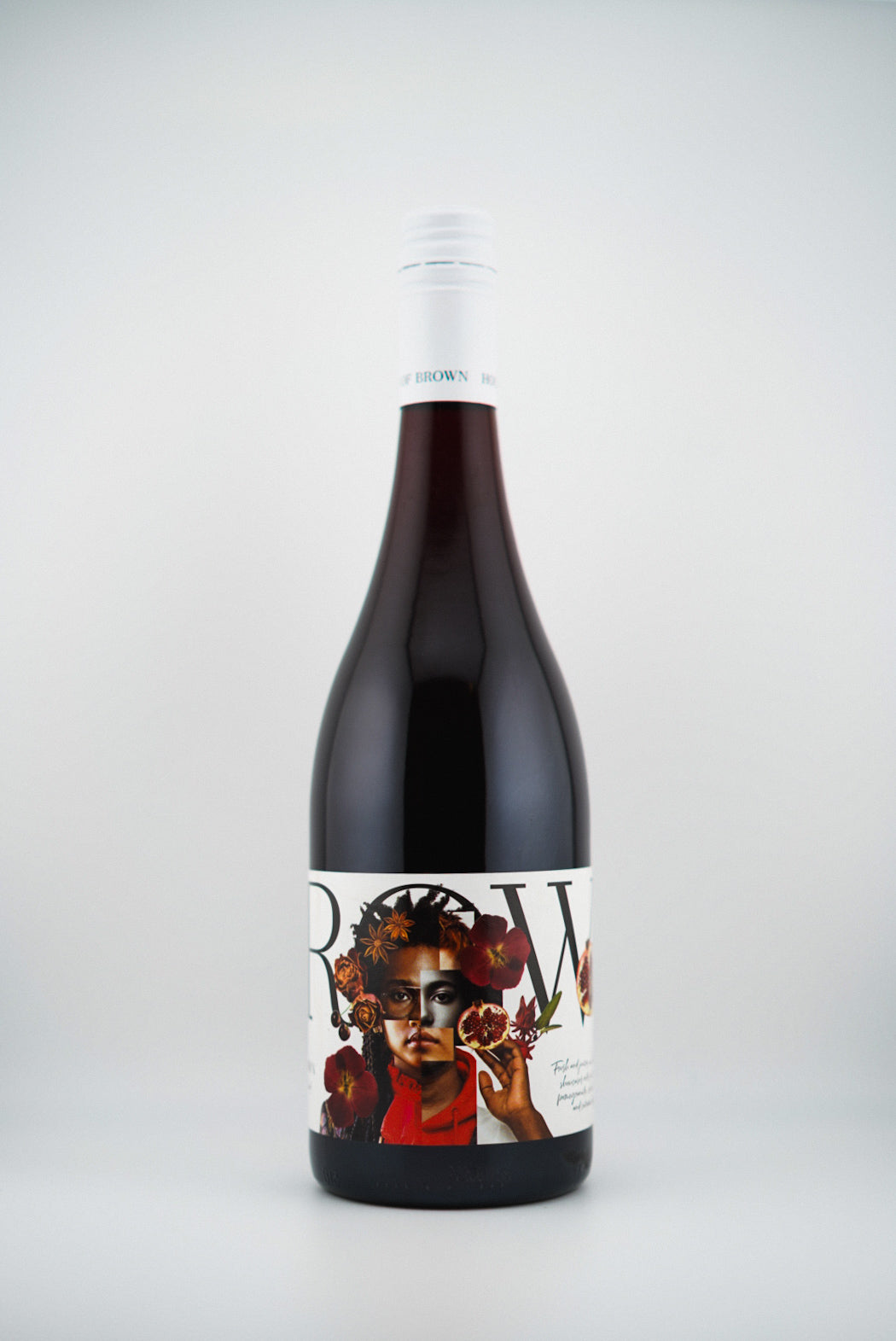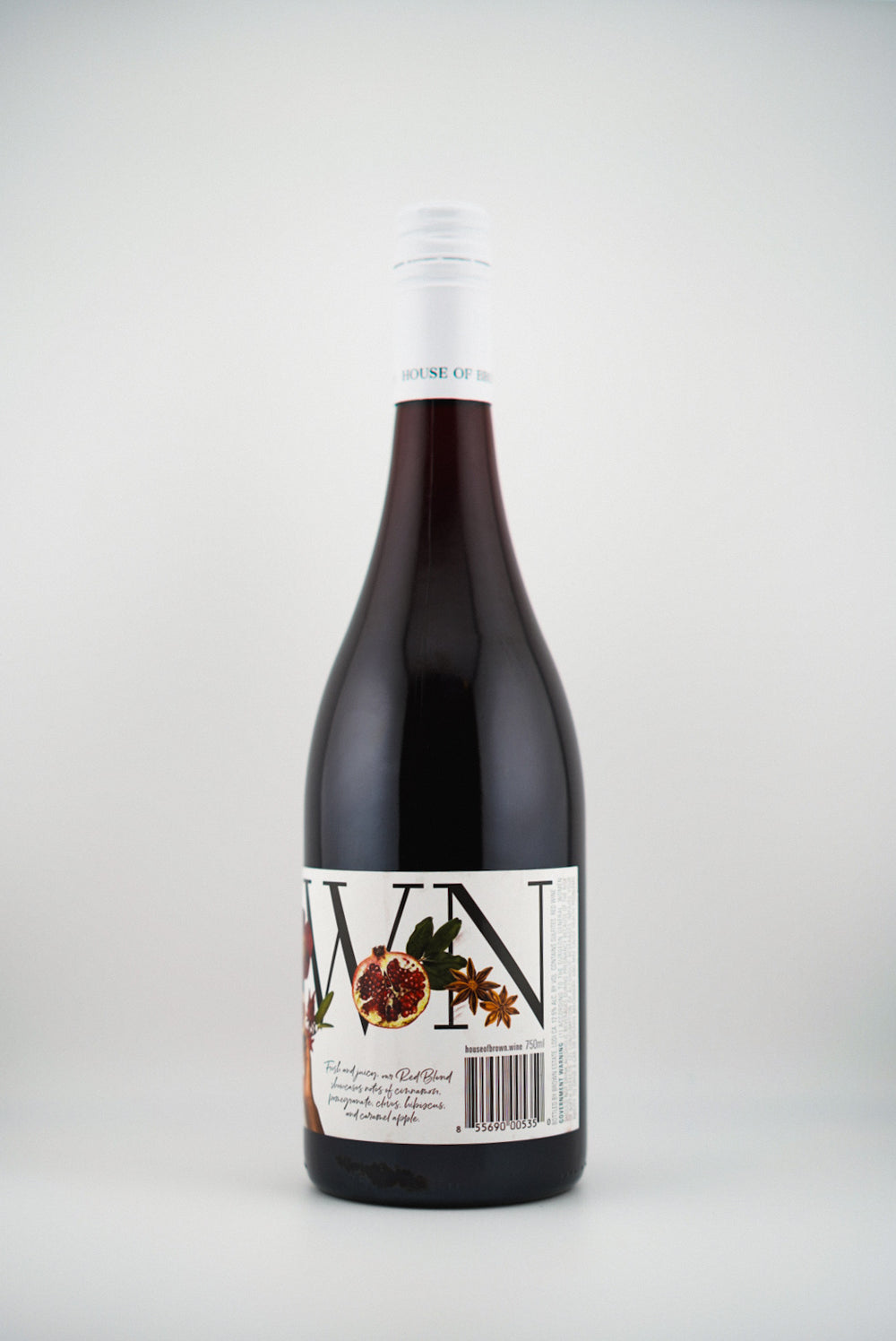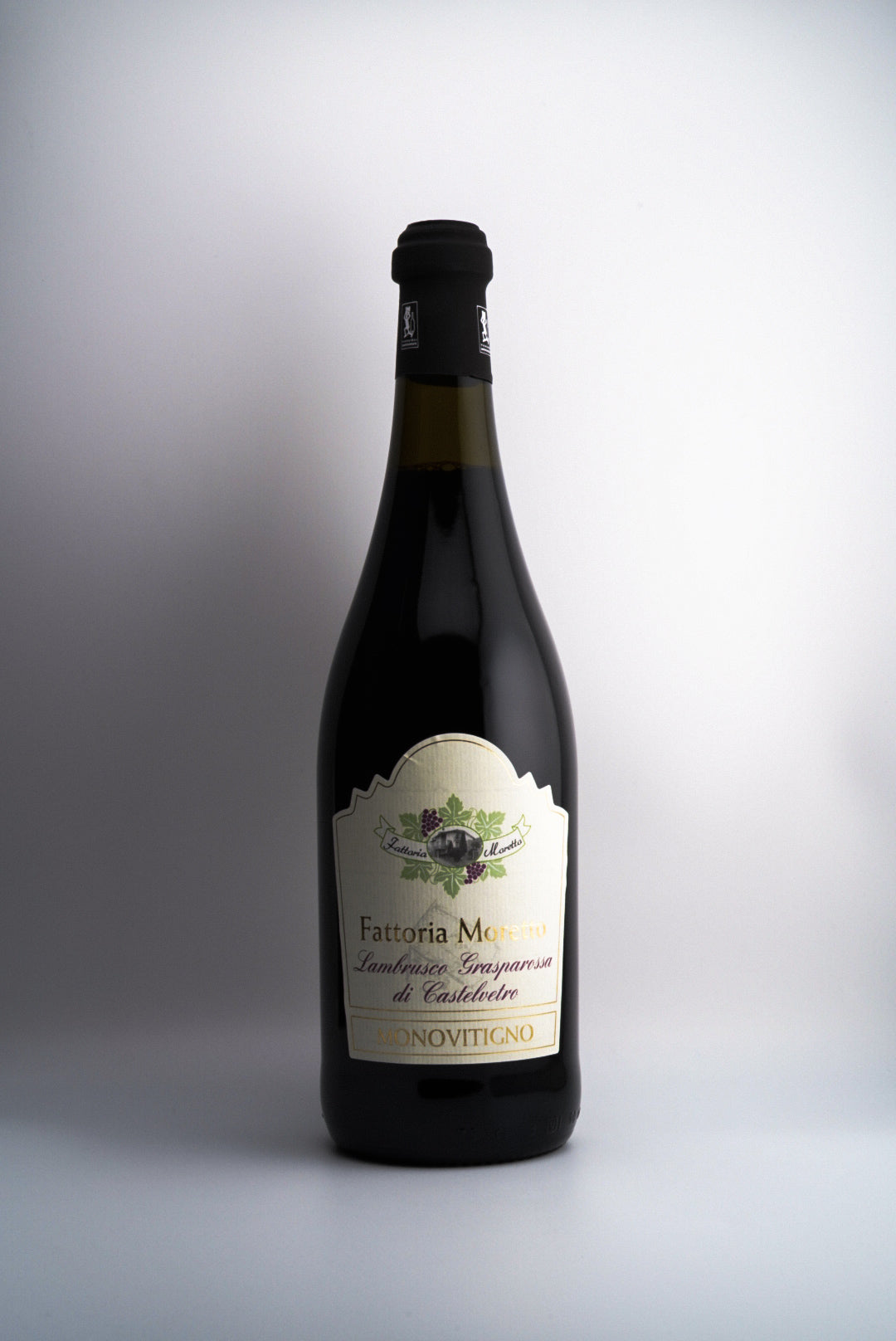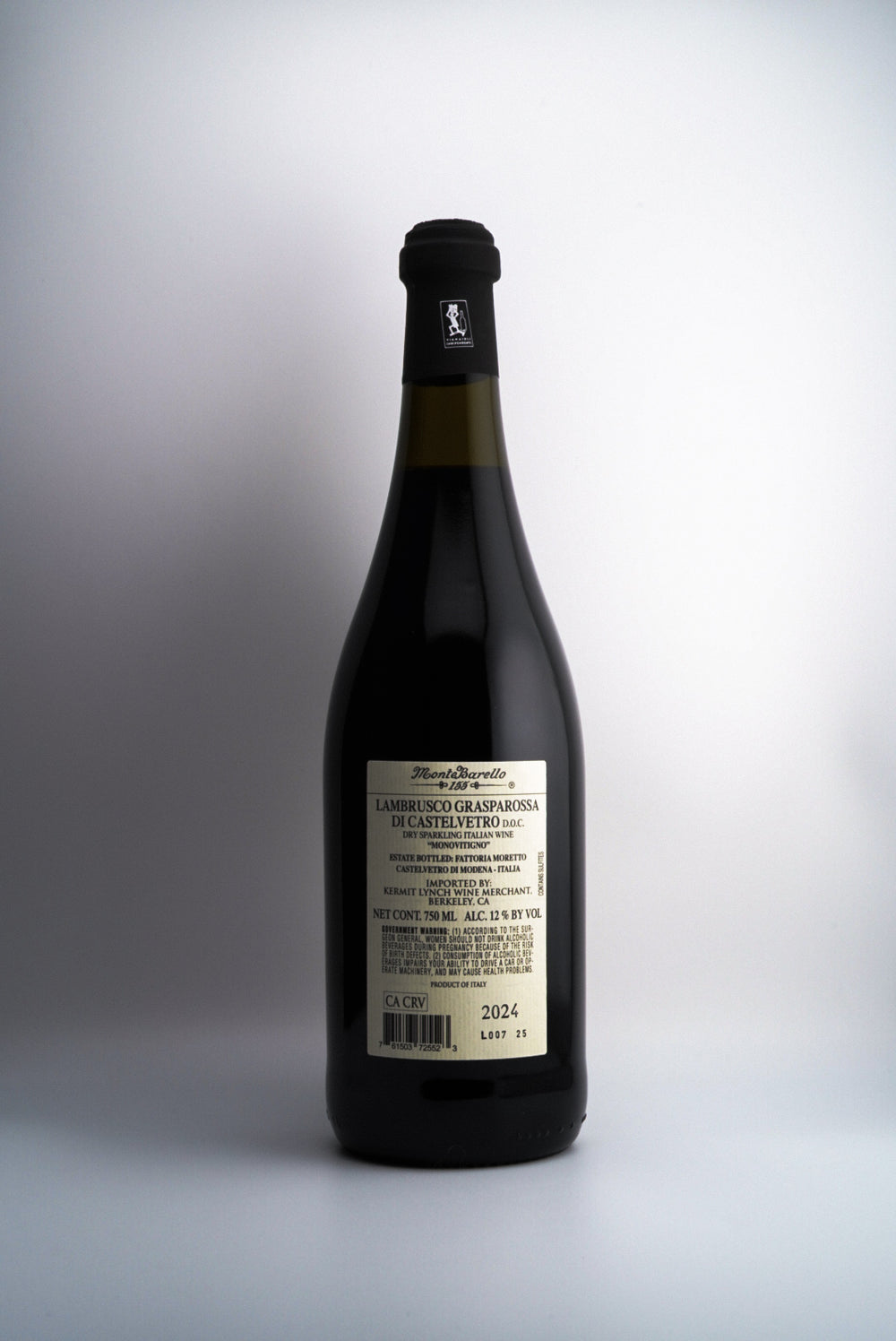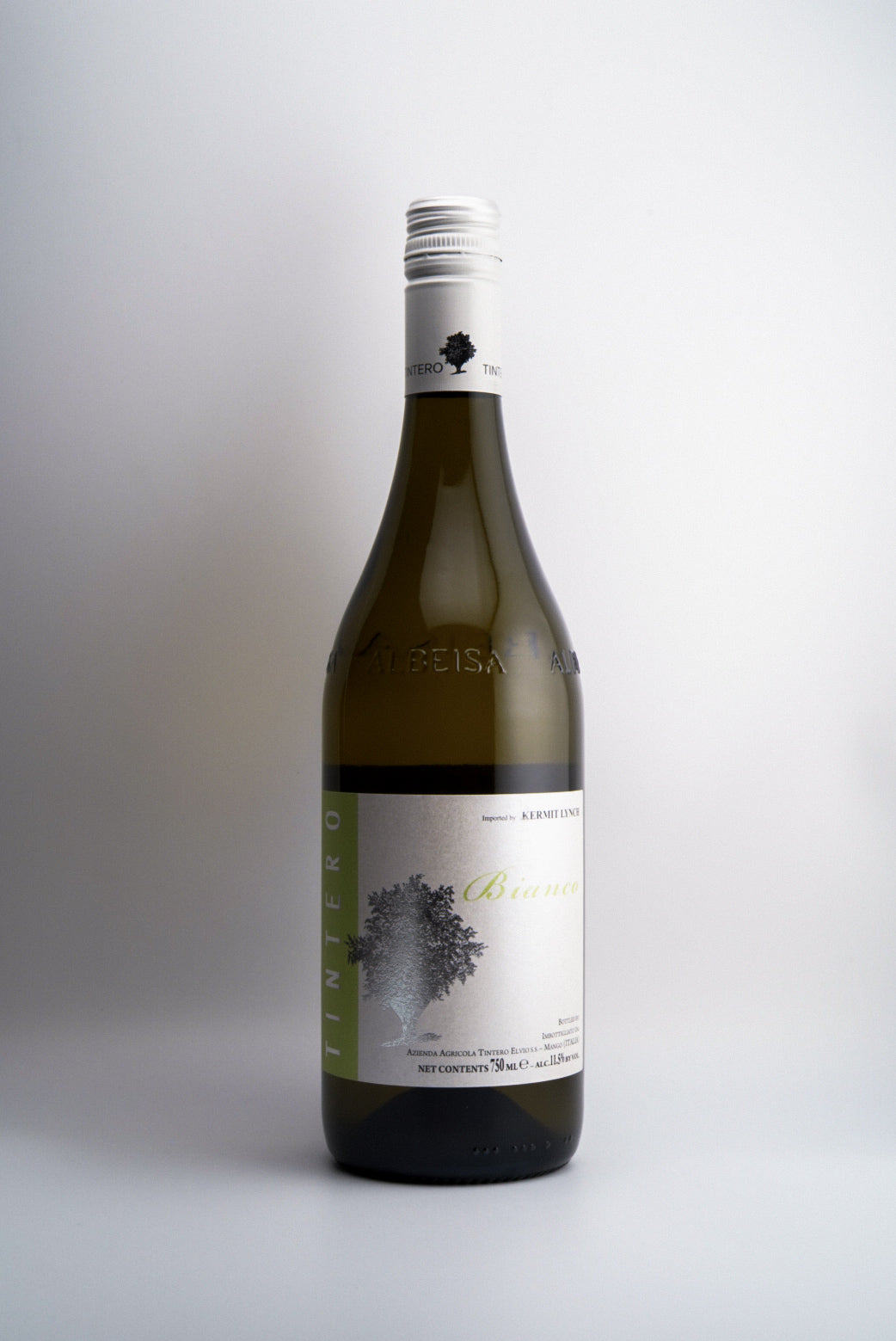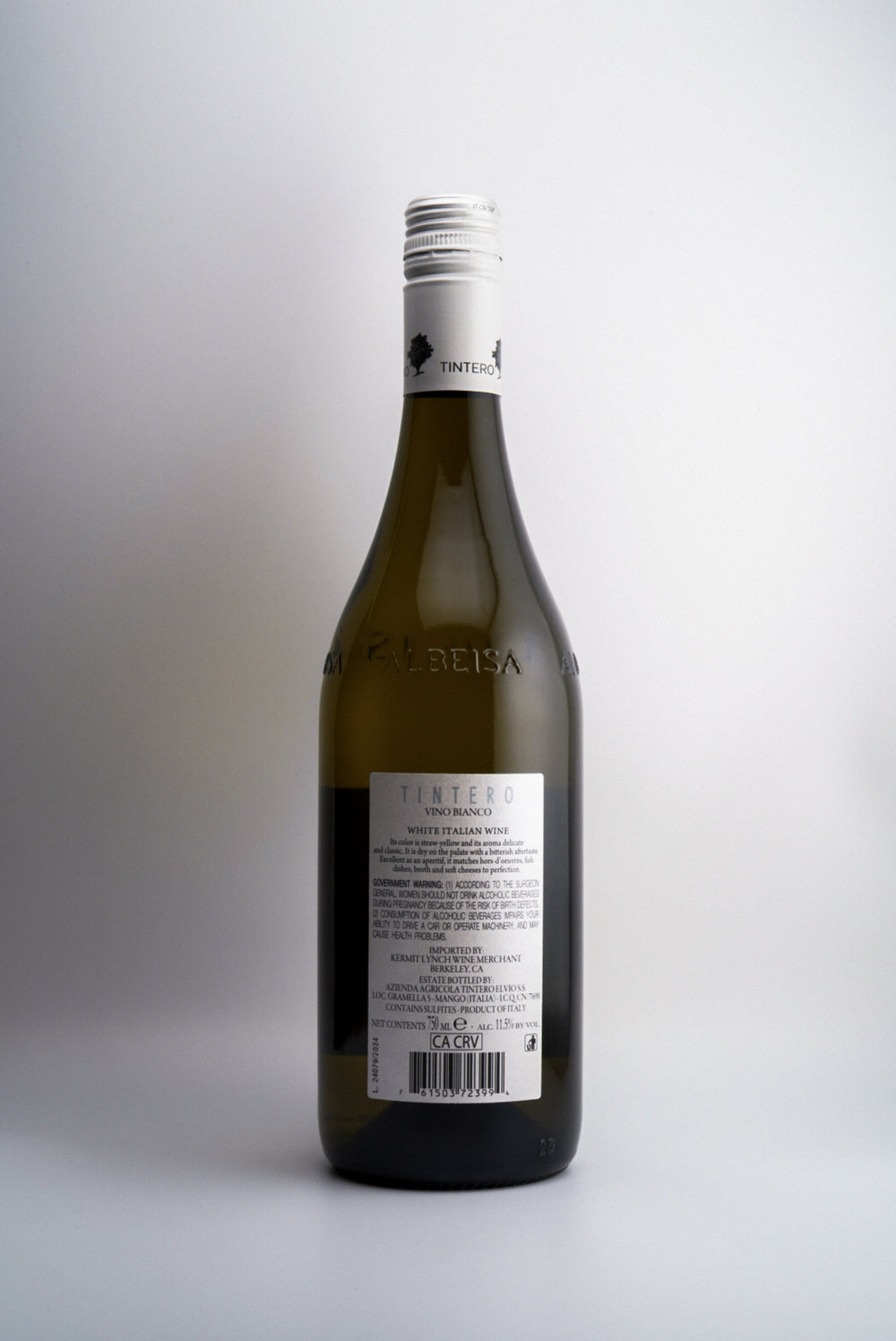Easter Wine Pairings That Won't Disappoint
Easter Wine Pairings That Won't Disappoint

What's Below:
Easter Classics |
Entertaining Tips |
Easter ushers in spring with a spread that allows for really fun wine pairings! Well-chosen bottles don't just complement your meal—they elevate the entire gathering. Let's be honest: wine adds that special magic to the atmosphere, loosening up even the most reserved family members. We've all experienced those awkward silences around the Easter table... The right pairing makes both the food and the company more enjoyable—exactly what a celebration should be. It's no party without wine. And that doesn't mean you have to drink it...just being there adds something special.
Classic Easter Ham
The centerpiece of many Easter tables, a glazed ham presents an intriguing pairing challenge with its unique combination of savory smokiness and sweet, often fruity glaze. The ideal wine needs enough acidity to cut through the richness while complementing both the sweetness and saltiness of the dish.
Pairings:
Grenache Rosé - The juicy red fruit character and refreshing acidity of a Grenache Rosé makes it a spectacular partner for ham. The wine's subtle strawberry and raspberry notes create a beautiful harmony with fruit-based glazes, while its crisp finish cleanses the palate between bites. Check out Private Property's Rosé from Monterey County, California. It offers the perfect balance of fruit and acidity for this classic pairing.
Pinot Gris - A slightly off-dry white wine works wonders with ham, particularly those with honey or maple glazes. The wine's natural sweetness complements the glaze while its characteristic acidity cuts through the fat. Try Teutonic's Pinot Gris from Crow Valley Vineyard, Willamette Valley, Oregon.
Beaujolais - The light-bodied, fruit-forward character of Beaujolais makes it an excellent red option. Its bright cherry notes and minimal tannins complement rather than compete with the ham's flavor profile. Try Domaine Dominique Piron's Morgon "Côte du Py". This wine exemplifies everything that makes Beaujolais special, with vibrant fruit and remarkable food-pairing versatility.
Pinot Noir - For those preferring a more structured red, a Pinot Noir with moderate tannins and bright acidity provides excellent balance to glazed ham. The wine's red fruit flavors and earthy undertones enhance the savory aspects of the dish. We recommend Stringtown Pinot Noir from Willamette Valley, Oregon for its elegant structure and perfect balance.
Roasted Lamb
Roasted lamb—whether seasoned simply with herbs and garlic or prepared with more complex Mediterranean or Middle Eastern spices—deserves wines with enough structure and depth to match its rich, distinctive flavor profile. The perfect lamb pairing will complement the meat's natural gaminess while enhancing the herbs and spices used in preparation.
Pairings:
Bordeaux Blend - The classic pairing for lamb, a Bordeaux-style blend offers the perfect balance of fruit, structure, and savory elements to complement this traditional Easter dish. The wine's firm tannins help cut through the richness of the meat while its complex flavor profile enhances the herb seasonings. Try Esprit de Pavie. A Merlot dominant Bordeaux appellate wine made by the Perse Family (who also owns Chateau Pavie). This wine is made from young vines at their property that aren't ready for their flagship ($300) bottling.
Syrah/Shiraz - With its peppery notes and robust fruit character, Syrah creates a magnificent harmony with herb-crusted lamb. The wine's savory undertones of olive, rosemary, and black pepper mirror common lamb seasonings, creating a seamless flavor experience. Pax Mahle's Syrah from the North Coast AVA. A true Northern Rhône expression from California that will elevate your Easter lamb to new heights.
Tempranillo - For lamb prepared with Mediterranean influences, Tempranillo from Spain offers leather and dried herb notes that complement the meat's flavor profile beautifully. The wine's balance of fruit, earth, and structure makes it particularly versatile with different lamb preparations. Try 'Psi' made by Dominio De Pingus from the Ribera del Duero, Spain. This wine showcases everything that makes Tempranillo special alongside lamb, a quintessential pairing.
Nebbiolo - If you're serving a crown roast or other premium cut, consider the special occasion worthy of Nebbiolo. The grape's combination of high acidity, firm tannins, and complex flavor profile of roses, tar, and cherries creates an unforgettable pairing experience. The 2021 Borgogno Francesco Nebbiolo from Langhe DOC, Piedmont, Italy offers an accessible entry point into this magnificent pairing tradition.
Easter Brunch: Time for Bubbles
For many families, Easter Sunday begins with a festive brunch featuring egg dishes, pastries, and spring produce. Morning celebrations call for wines that are refreshing, lower in alcohol, and if they have bubbles, that is an extra plus!
Brunch Wine Pairings:
Prosecco di Valdobbiadene or other Sparkling Wine - Bright, effervescent, and joyful, Prosecco di Valdobbiadene is the quintessential brunch wine. Its gentle bubbles and notes of green apple, pear, and white flowers complement everything from egg dishes to fruit-based desserts. Try Sorelle Bronca's Extra Dry Prosecco di Valdobbiadene Superiore. Or if you want to really take it up a notch, go for Matthiasson's Grape + Peach Cofermented Sparkling wine. Just trust us on this one. THE PERFECT BRUNCH WINE.
Champagne - For a more luxurious brunch experience, Champagne offers complex brioche and toast notes that pair beautifully with egg-based dishes like quiche or eggs Benedict. The wine's vibrant acidity cuts through rich hollandaise sauce while its fine bubbles cleanse the palate. Our Pierre Péters Cuvée de Réserve Blanc de Blancs brings grower Champagne excellence to your Easter table.
Albariño - This Spanish white grape produces wines with zesty citrus notes, subtle salinity, and refreshing acidity—perfect for seafood-focused brunch dishes like smoked salmon with cream cheese. Try our 2022 Val de Meigas Albariño from Rías Baixas DO, Spain, the home of the Albariño grape.
Dry Rosé - Perhaps the most versatile brunch wine, a dry rosé offers the freshness of white wine with some of the structure of red. Its berry and citrus notes complement everything from ham and cheese croissants to spring vegetable frittatas. But there's rosé and then there is ROSÉ. If you want a rosé that can stand up to ANYTHING, try Clos Cibonne's Cuvée Tradition Rosé from the Côtes de Provence, France 2023. This rosé provides the structure and complexity to stand up to your most ambitious brunch creations.
How Much to Buy?
Nothing dampens Easter celebrations faster than running out of wine mid-meal. Planning appropriate quantities based on your guest list, meal duration, and serving context will ensure your gathering flows smoothly from start to finish.
Quantity Guidelines
General Rule of Thumb - Plan for approximately half a bottle (375ml) per adult guest for a standard Easter meal lasting 2-3 hours. For longer gatherings or particularly wine-enthusiastic groups, increasing to 3/4 bottle per person provides a comfortable margin.
Multi-Course Meal Planning - If you're serving a traditional multi-course Easter feast, consider this progression: one bottle of sparkling wine for every 4-6 guests (aperitif), one bottle of white wine for every 3-4 guests (first courses), one bottle of red wine for every 2-3 guests (main course), and one bottle of dessert wine for every 6-8 guests (sweet ending).
Easter Brunch Considerations - For brunch gatherings, where consumption tends to be lighter, plan for approximately 2-3 glasses per person. This translates to roughly one bottle for every 3-4 guests, with sparkling wines and lighter options dominating the selection.
The Variety Factor - Rather than buying large quantities of one or two wines, consider offering a thoughtful selection—perhaps 3-4 different options that complement your menu. This approach enhances the dining experience while accommodating different preferences among your guests.
Serving Temperatures:
Serving wine at the proper temperature dramatically impacts its flavor profile and pairing potential. With Easter meals often featuring multiple wines across a leisurely gathering, paying attention to this detail will significantly enhance your guests' experience.
Temperature Guide
Sparkling Wines - For maximum freshness and bubble retention, serve Champagne, Prosecco, and other sparkling options at 42-46°F (6-8°C). Achieve this by chilling in the refrigerator for at least 3 hours or in an ice bucket with water and ice for about 30 minutes before serving.
White and Rosé Wines - Lighter whites like Sauvignon Blanc and dry rosés show best at 46-50°F (8-10°C), while fuller-bodied whites like Chardonnay benefit from slightly warmer serving temperatures of 50-55°F (10-13°C). Remove these wines from the refrigerator 10-20 minutes before serving to reach optimal temperature.
Red Wines - Contrary to the "room temperature" myth, most reds benefit from slight chilling. Serve lighter reds like Pinot Noir and Beaujolais at 55-60°F (13-16°C) and fuller-bodied options like Bordeaux blends at 60-65°F (16-18°C). Place them in the refrigerator for 15-20 minutes before serving to reach the sweet spot.
Dessert Wines - Sweet wines like Sauternes serve best at 46-50°F (8-10°C), while fortified options like Port benefit from slightly warmer temperatures around 55-60°F (13-16°C) to showcase their complex flavors without excessive sweetness.
Conclusion
Easter offers a unique opportunity to explore wines that capture the transitional beauty of early spring—balancing the lingering richness of winter with the fresh promise of warmer days ahead. The holiday's diverse culinary traditions provide the perfect canvas for showcasing wine's remarkable versatility and food-friendliness.
Whether you're serving a traditional feast centered around ham or lamb, hosting a vibrant brunch gathering, or exploring global Easter traditions, thoughtful wine pairings can elevate the entire experience—creating memorable moments around the table that honor both the season and the occasion.
As you prepare for your Easter celebration, remember that the "perfect" wine is ultimately the one that brings joy to you and your guests. While our guide provides expert recommendations, the most important ingredient is the spirit of conviviality that wine so naturally encourages—bringing people together to celebrate life's renewal in this most hopeful of seasons.
From all of us at Harvest Wine Shop, we wish you a joyous Easter filled with delicious food, magnificent wines, and the warmth of shared celebration. Cheers to spring's arrival and the wonderful wine experiences that await!
Wine 101
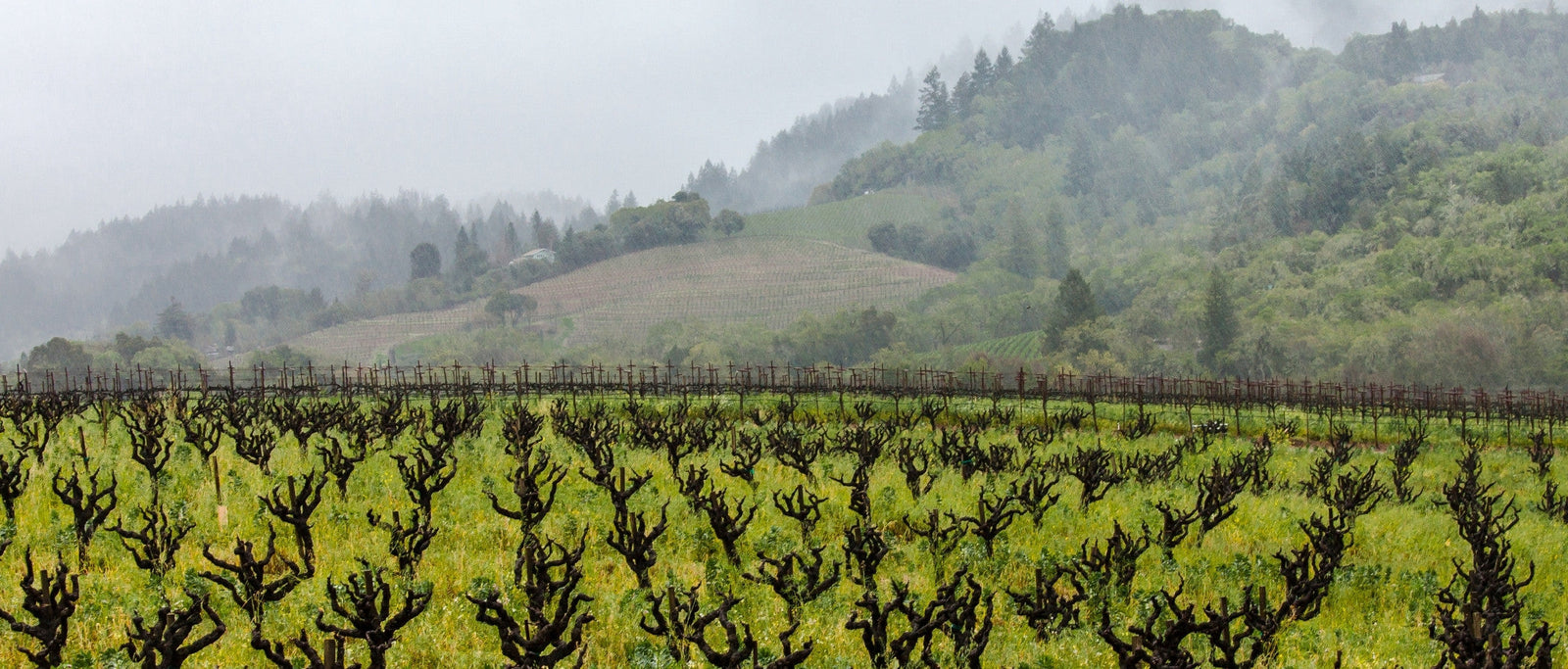
California’s vineyards are more than just grapevines – they are living monuments to the state’s agricultural heritage, biodiversity, and the generations of farmers who have tended them. Many of these vineyar...
Read more →Latest articles
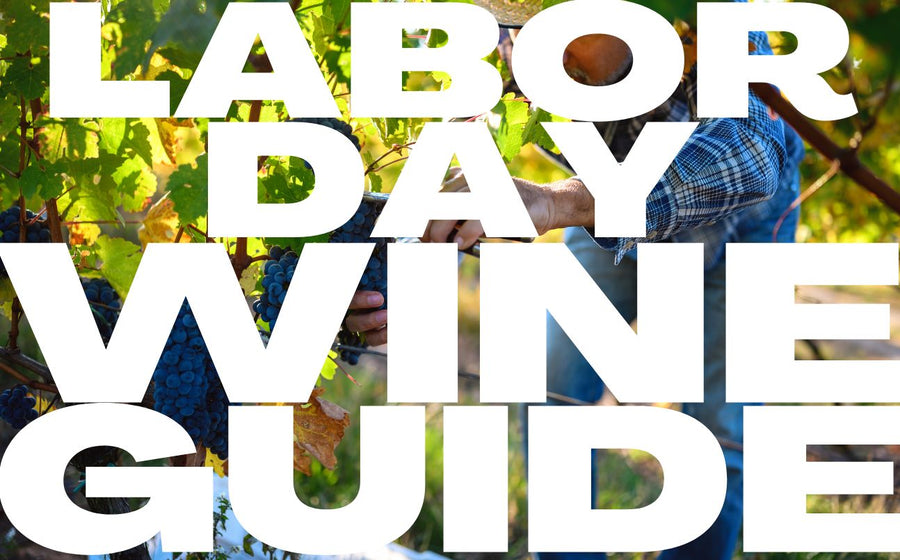
What's Below: BBQ & Grilling Perfect Red Wines Meat & Wine Matches Veggie Grill Wines Pool Party Essentials Crisp White Wines Rosé All Day Sparkling Options Party Planning Ho...

What's Below: European Gems Slovenia's Hidden Tuscany Austria's White Wine Wonderland Spain's High-Altitude Surprise New World Discoveries Mexico's Wine Revolution Brazil's Italian Influ...
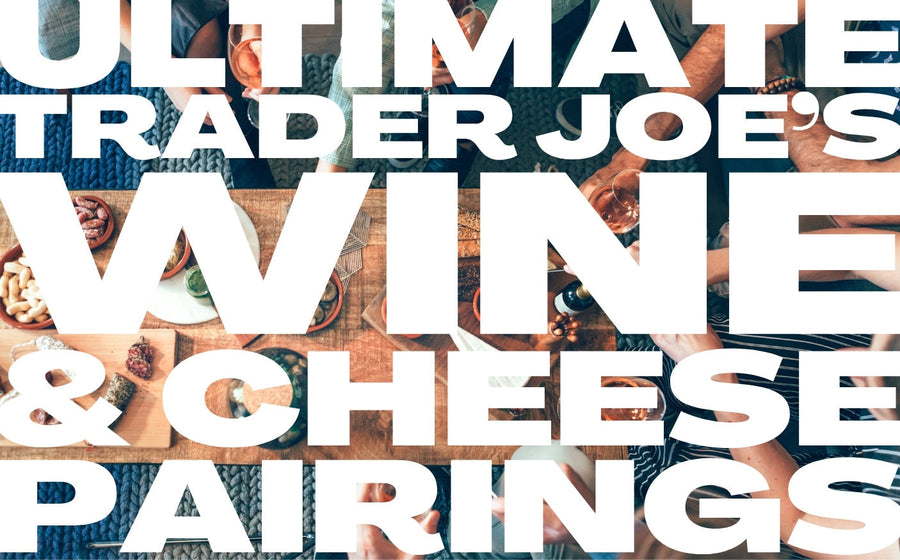
We've paired every single Trader Joe's cheese with the perfect wine. Your next cheese board is about to get very, very good. The Ultimate Trader Joe's Cheese & Wine Pairing Guide Look, Trader Joe...

"Liberté, égalité, fraternité" The key to great Bastille Day wine pairing is choosing authentic French wines that complement traditional French foods without overpowering them. Rich cheeses, herb-crus...
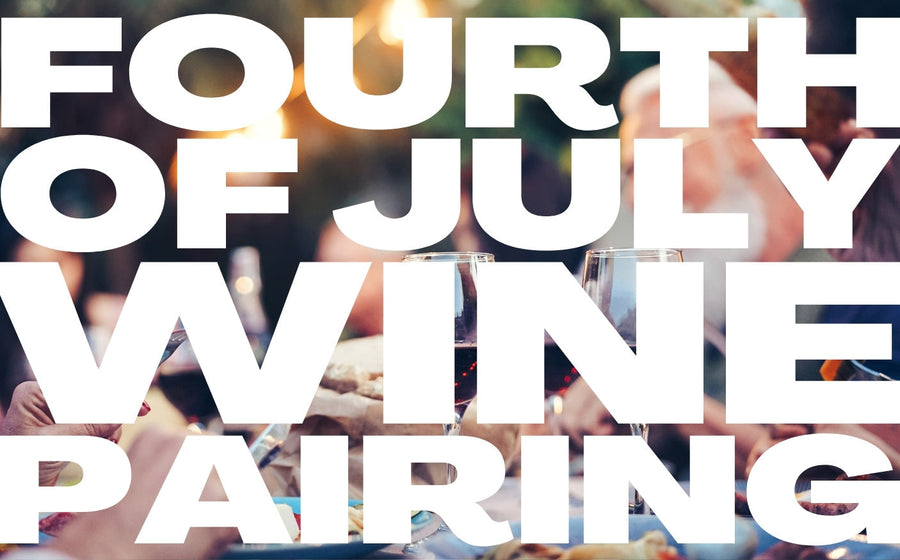
What wine should you have on 4th of July? These (All American) ones!
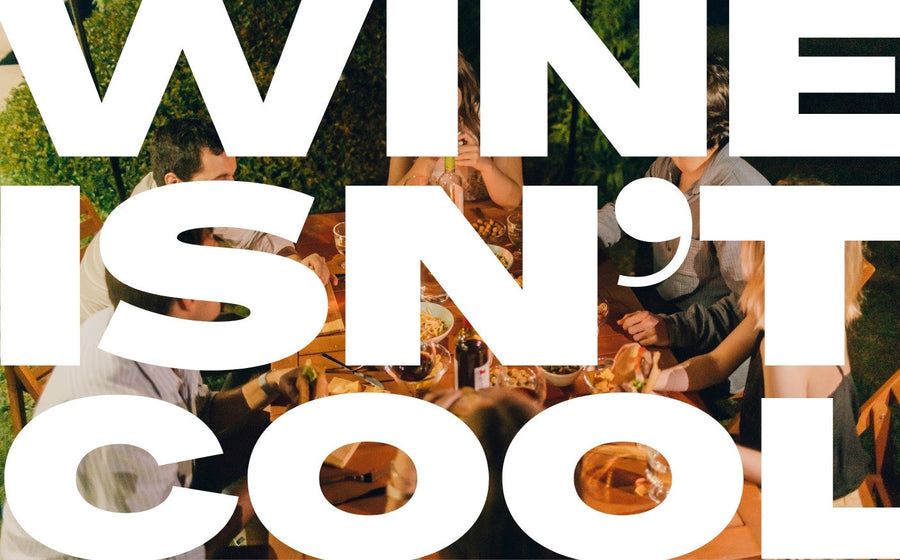
"Wine was never trying to be cool. And thank goodness for that." Every few months, another think piece declares wine dead. "Gen Z has killed wine." "Hard seltzers are the new wine." "Why wine isn't cool...

What's Below: The Foundation Introduction The Absolute Reality Real Shopping Experience Digital & Psychological The iPhone Test Psychology of Enhancement Addressing the Purists ...
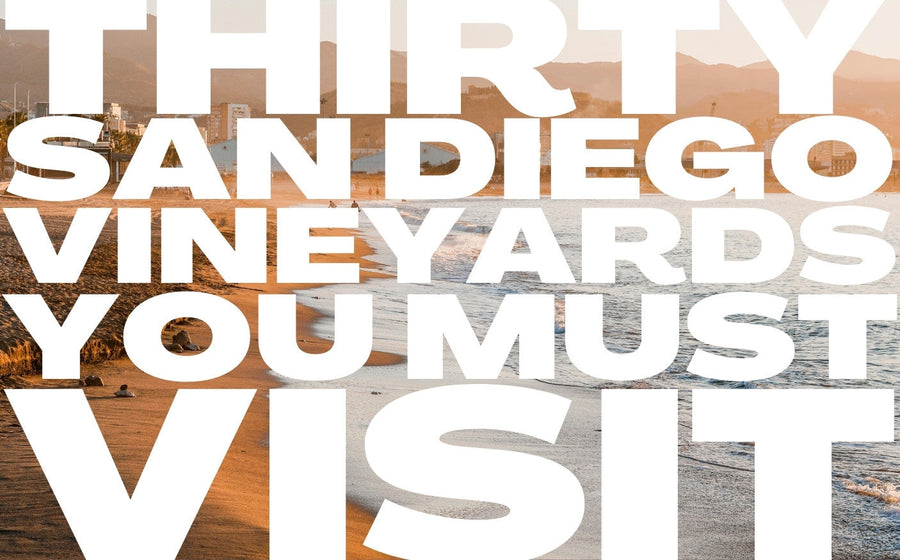
Image source: Valentina Vineyards. San Diego's top source of organically farmed wine grapes. San Diego County boasts over 172 active wineries and vineyards across diverse microclimates, from coastal va...
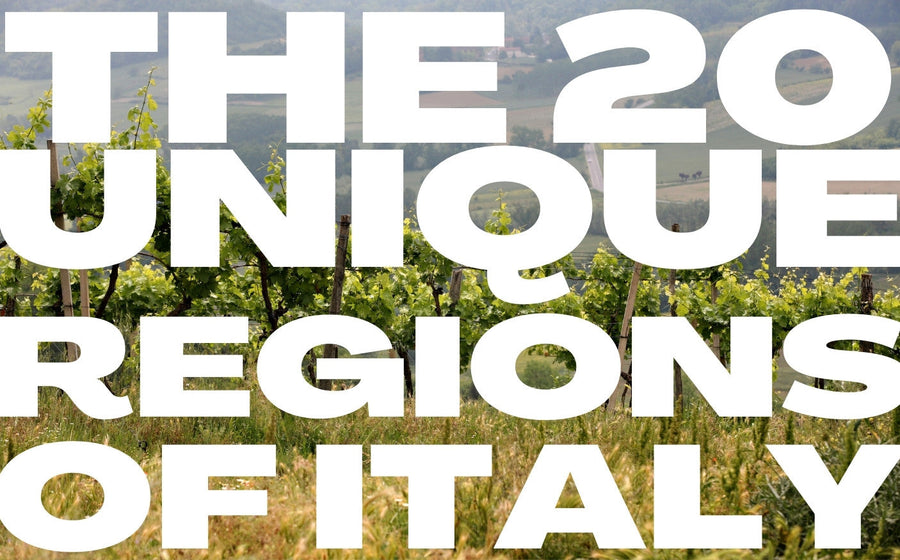
Italy boasts a rich tapestry of wine regions, each with its unique terroir, indigenous grape varieties, and winemaking traditions. Join us on a journey through all 20 Italian administrative regions, fro...

The journey of wine grapes from vineyard to bottle is a fascinating process guided by both science and tradition. Let's explore how vignerons determine the perfect moment to pick their grapes for optima...
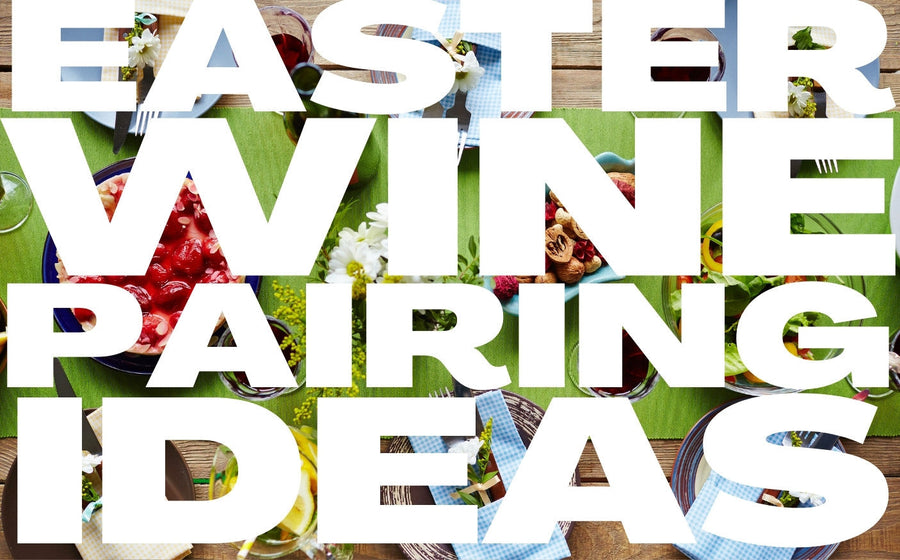
Easter Wine Pairings That Won't Disappoint Easter is hopping our way, and whether you're hosting an elegant brunch or a family feast, the right wine can transform your gathering from merely memorabl...
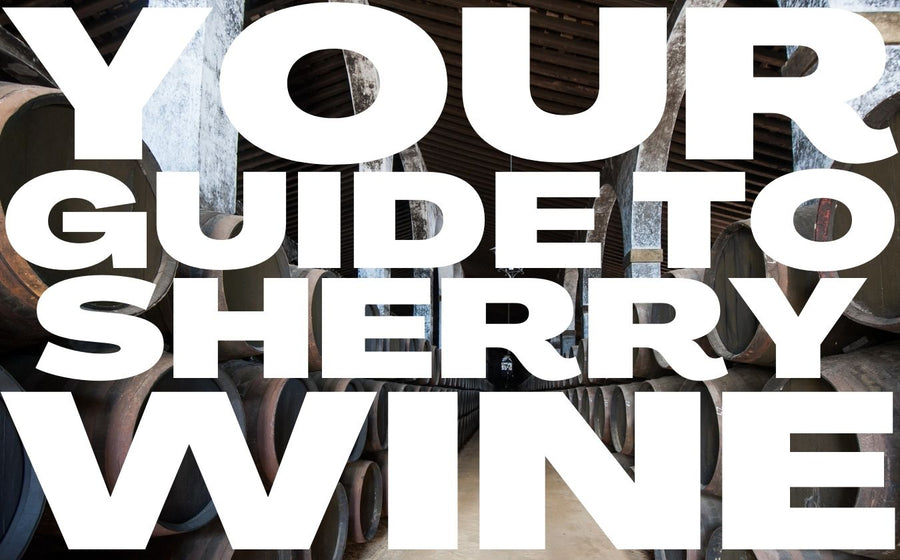
Explore Sherry: Spain's Ancient Fortified Treasure Source: Consejo Regulador de los Vinos de Jerez y Manzanilla. If you are trying to get an excellent academic understanding of Sherry, its various styl...

Explore Washington State Wine Source: Washington State Wine Commission. If you are trying to get an excellent academic understanding of Washington State, its various wine regions, and its role within t...

While Sauvignon Blanc remains the engine of New Zealand's wine economy, the country's most compelling expressions often come from other varieties:
